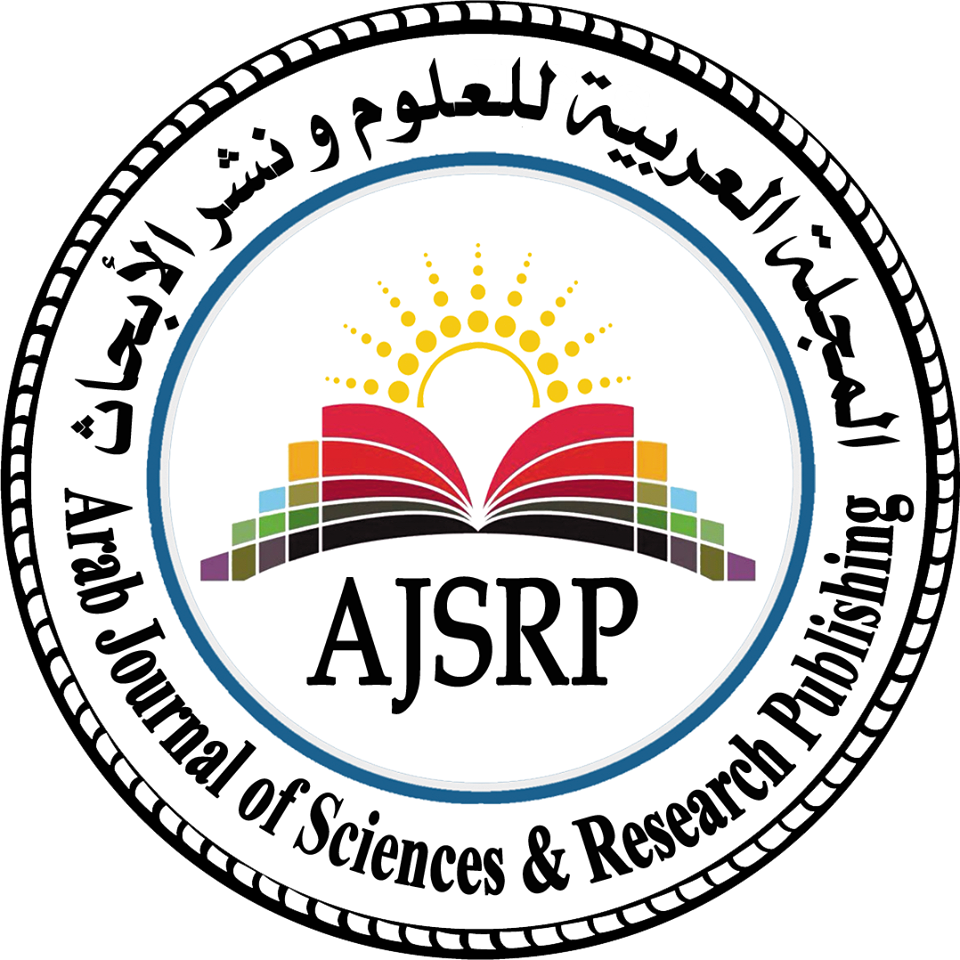The City’s Image in Muourid Al-Barghouti’s Fictional Biography
“I Saw Ramallah”
Amal Mahmoud Abu Own
College of Graduate Studies || An-Najah National University || Palestine
Abstract: This research discusses the image of “Ramallah” in Mourid Al-Barghouti’s fictional biography “I Saw Ramallah ” to spot light on the city’s transformations in the Palestinian novel. He described Ramallah at a pivotal moment in the history of the Palestinian cause, which impacted the writers’ attitude towards the occupied city of Ramallah, as it became the center of the new Palestinian National Authority. Al-Barghouti resorted to make a comparison between the city’s image in his mind by recalling his memories and its current image. He, thus, painted an image of the city in two different phases: the first before (the Naksa) in 1967, and the second after (Oslo) in 1993. The researcher used the descriptive analytical method. Because its convenient for comparison, and helps to reach conclusions from the available data.
The research reviewed the image of Ramallah as it appeared in the biography between these two phases (before the Naksa and after Oslo) with its different temporal, spatial, social, and political dimensions and the city’s relationship with the countryside. And it presented the most important transformations that occurred in the city after Oslo; the most prominent of which was the political aspect, in addition to presenting Al-Barghouti’s position from the city in the two phases.
Keywords: Ramallah, City Transformations, Palestinian Novel, Fictional Biography.
صورة المدينة في السيرة الروائيّة “رأيت رام الله” لمريد البرغوثيّ
أمل محمود أبو عون
كليّة الدراسات العليا || جامعة النجاح الوطنيّة || فلسطين
المستخلص: يتناول هذا البحث صورة مدينة “رام الله” في السيرة الروائيّة للشاعر مريد البرغوثيّ الموسومة بـ” رأيت رام الله”، بهدف الوقوف على تحوّلات المدينة في الرواية الفلسطينيّة. فقد صوّر البرغوثي في سيرته مدينة رام الله في لحظة مفصليّة من تاريخ القضيّة الفلسطينيّة تركت أثرا في موقف الأدباء من مدينة رام الله المحتلّة التي أصبحت مقرّا للسلطة الوطنيّة الفلسطينيّة الناشئة. وفيها لجأ البرغوثيّ إلى المقارنة بين حال المدينة وفق صورتها العالقة في ذهنه من خلال استعادة الذكريات وصورتها الحاضرة عند عودته إثر اتّفاقيّة أوسلو، فرسم لها صورة في مرحلتين مختلفتين: الأولى قبل (النكسة) عام 1967، والثانية بعد (أوسلو) عام 1993م. وقد اقتضت الدراسة توظيف المنهج الوصفيّ التحليلي؛ لمناسبته لطبيعة الدراسة التي تقوم على المقارنة، وحرصا على الموضوعيّة من حيث مساعدة الباحثة على استخلاص نتائج تستند إلى البيانات المتوفرة.
تضمّن البحث صورة رام الله كما بدت في السيرة بين هاتين المرحلتين (قبل النكسة، وبعد أوسلو) بأبعادها المختلفة: البعد الزمانيّ، والبعد المكانيّ، والبعد الاجتماعيّ، والبعد السياسيّ، وعلاقة المدينة بالريف، ورصد أهمّ التغيّرات التي طرأت على المدينة بعد أوسلو وأبرزها تمثّل في الجانب السياسيّ، إضافة إلى عرض موقف البرغوثيّ من المدينة في المرحليتين.
الكلمات المفتاحيّة: رام الله، تحوّلات المدينة، الرواية الفلسطينيّة، السيرة الروائيّة.
